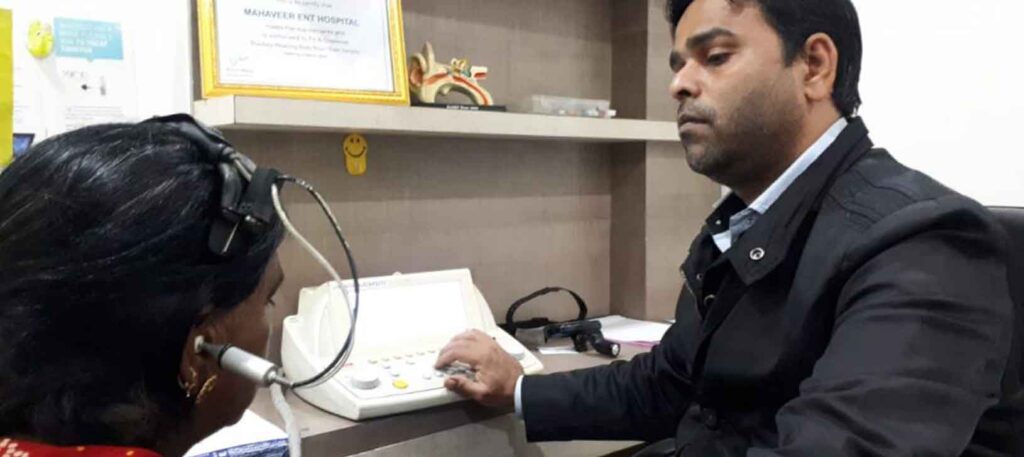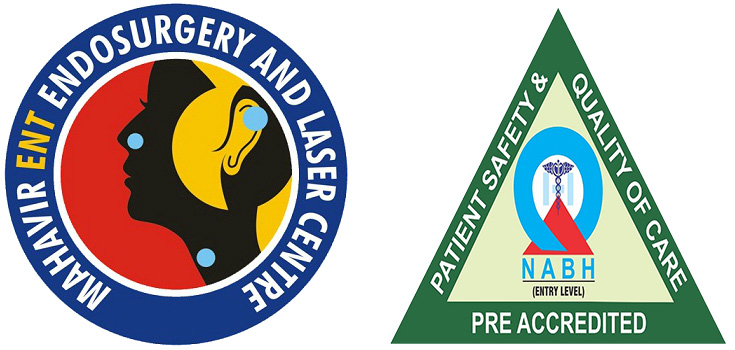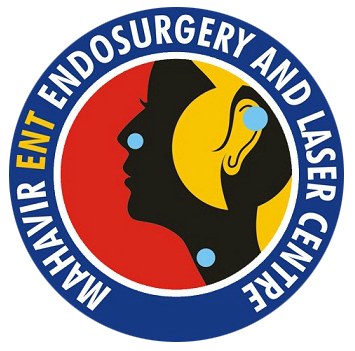Impedance Audiometry
Services > Impedance Audiometry
Ent Doctors
Ear
- Vertigo
- Ear Wax
- Ear Pain
- Ear Infections
- Ear Cholesteatoma
- Acoustic Neuroma
- Torn Ear Lobes
- Perforation In Ear
- Ototoxicity
- Otitis Media
- Mastoiditis
- Hearing loss
- Foreign bodies in the ear
NOSE
- Rhinoplasty
- Breathing Problems
- Foreign bodies in nose
- Nasal Bone Fracture
- Nasal Septum
- Nasal Polyp
- Nasal Deformity
- Nosal Allergy Clinic
- Nose Bleeding Treatment
- Sinus Treatment
- Chronic Sinusitis
- Adenoidectomy
THROAT
- Voice Disorders
- Salivary gland problems
- Papillary Thyroid Carcinoma
- Oral and Throat problems
- Laryngeal Vocal Nodules
- Laryngeal Vocal Cord Palsy
- Foreign body in esophagus
- Foreign body in bronchus
- Difficulty in Swallowing
- Cancer of the Larynx
Audiology
Voice Clinic
Snoring and Sleeping Apnea
- Sleep Apnea
- Snoring Treatment
Maxillofacial Clinic
Cancer Clinic
- Head & Neck Cancer
- Thyroid Cancer / Papillary Carcinoma
Goiter Treatment

Overview
Impedance audiometry is an objective method based on the measurement of the pressure in the middle ear, stapedius reflexes, and tension of the tympanic membrane. It is one of the most common and most accurate methods for testing the middle ear.
What is the purpose of Impedance Audiometry?
Impedance audiometry covers following tests:
- Tympanometry, which measures the pressure in the middle ear
- Measuring the reflex of the stapedius
- Eustachian Tube Function Test
What can be diagnosed by Impedance Audiometry?
- Presence of infectious fluids in the middle ear
- Otitis media with effusion.
- Hypertrophy of adenoids or tonsils.
- Eustachian tube dysfunction.
- Otosclerosis
- Ossicular chain fracture.
- Facial Palsy
How is the impedance audiometry performed?
Impedance audiometry is completely painless and non-invasive, but it requires a small mobility during the measurement. It involves inserting the probe tube into the ear. The Tube is ended with a cap matched to the size of the ear. The probe’s cap is inserted approximately 3-5 mm into the ear canal.
- Tympanometry is based on measuring the acoustic resistance and pressure in the middle ear. Tympanometry is performed by changing the pressure in the external auditory canal to obtain such pressure that prevails in the middle ear. This causes the impedance of the middle ear to be the smallest, and the compliance of the tympanic membrane is the greatest.
- Stapedius reflex test is performed automatically, by providing middle and high-frequency stimulus sounds (500, 1000, 2000 and 4000 Hz).
- Eustachian tube patency test involves inserting a tympanometer probe in the ear canal. It’s the output pressure in the tympanic cavity being tested. While the patient clogging his nose and swallowing saliva causes a negative pressure in the tympanic cavity, the ear pressure is measured again. The patient exhales while closing the mouth and clogging his nose, which causes a positive ear pressure generation. The last measurement of the pressure in the tympanic cavity is performed.

